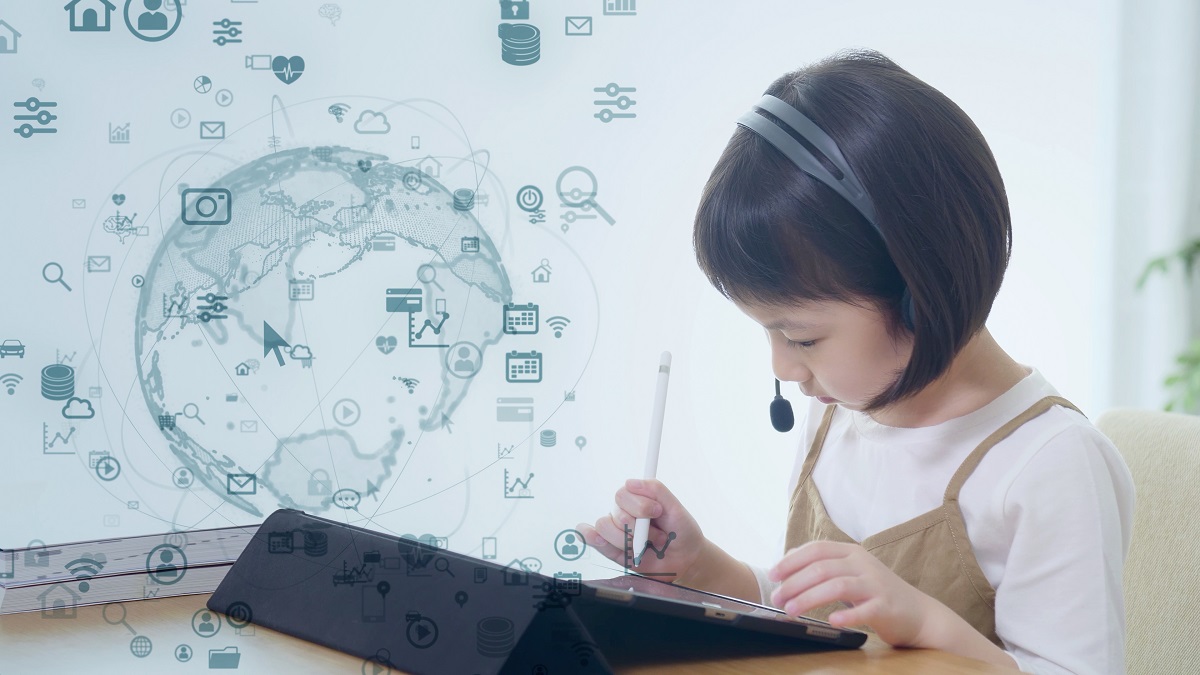Comprehensive Organization Guides for Advancing Innovation Education And Learning in Schools and Colleges
The assimilation of modern technology education into institution and college educational program has actually become an important necessary in preparing students for a progressively electronic labor force. Comprehensive business guides play an essential role in this change by describing the needed frameworks for effective program implementation, cultivating necessary sector collaborations, and determining instructional end results. As schools make every effort to align themselves with market demands, the challenges and possibilities provided by these overviews merit a closer assessment. AI Tools. What particular methods can be embraced to maximize their effect on both pupils and educators?
Importance of Modern Technology Education And Learning
As technology remains to advance at an extraordinary pace, the value of technology education and learning has become progressively noticeable in today's culture. The integration of modern technology into numerous aspects of life requires that individuals possess a fundamental understanding of technological principles and applications. This knowledge not just improves employability but likewise cultivates essential reasoning and analytic skills crucial for navigating a dynamic labor force.
In academic establishments, technology education and learning equips pupils with the ability to adapt to quick changes in sectors driven by advancement. It encourages creativity and equips students to involve with emerging innovations, from expert system to data analytics. Furthermore, technology education promotes digital literacy, which is vital in an era where information is easily offered yet often misleading.

Trick Elements of Effective Guides
Reliable guides for modern technology education need to encompass a number of crucial components to make sure that students get the most from their experiences. A distinct educational program is important, describing the goals, learning results, and the abilities to be created. This educational program needs to be routinely upgraded to show the quickly progressing technological landscape, making certain importance and applicability.
Second, detailed sources that include textbooks, online materials, and hands-on devices are crucial. These resources ought to be diverse and accessible, dealing with numerous discovering styles and preferences. Additionally, incorporating real-world circumstances and instance studies can enhance understanding and involvement.
Third, evaluation techniques should be included to assess student progression properly. These evaluations must be differed, incorporating cumulative and formative assessments that align with the discovering goals.
Furthermore, specialist development opportunities for instructors are critical. Training workshops and programs can furnish teachers with the most current technological innovations and pedagogical techniques.
Last but not least, promoting a joint knowing setting motivates peer communication and knowledge sharing. By including these vital components, overviews for technology education can dramatically enhance the discovering experience, preparing pupils for future obstacles in a significantly digital world.
Building Market Collaborations
Structure solid industry partnerships is a crucial facet of enhancing modern technology education and learning. These cooperations in between universities and services create a vibrant community that profits teachers, employers, and students alike. By fostering partnerships with market universities, schools and leaders can straighten their educational programs with the progressing demands of the job market, making sure that pupils get pertinent abilities and understanding.
The development of teaching fellowships, instructions, and mentorship programs works as a keystone of these partnerships. Such opportunities provide pupils with hands-on experience, boosting their employability and sensible understanding of modern technology applications. Furthermore, industry companions can use insights into arising patterns and technological innovations, enabling educators to adapt their training approaches appropriately.
Additionally, collaborations can promote accessibility to resources, such as tools, software program, and funding for study jobs. These contributions improve the discovering environment and enable organizations to remain at the leading edge of technological advancement. Eventually, building durable industry partnerships is essential for growing a skilled labor force that meets the requirements these days's quickly altering technological landscape, while additionally driving economic development and competition in the wider neighborhood.
Implementing Innovation Programs
Executing innovation programs within universities calls for a tactical strategy that prioritizes both curriculum advancement and source appropriation. To launch successful innovation assimilation, organizations have to first evaluate their existing framework and identify spaces in sources, consisting of equipment, software, and personnel training. This evaluation makes it possible for schools and universities to create a tailored plan that straightens with their certain instructional objectives.
Following, it is vital view it to establish a comprehensive educational program you can try here that includes arising modern technologies and sector criteria. Working together with instructors, sector experts, and stakeholders can ensure that the curriculum remains pertinent and effective in preparing pupils for the labor force (Insurance). In addition, professional development for faculty is essential, as it gears up educators with the skills needed to efficiently instruct new technologies
Moreover, institutions ought to emphasize the relevance of hands-on understanding experiences, such as workshops and labs, that allow students to use academic understanding in practical setups. This experiential technique improves interaction and fosters critical reasoning. Securing lasting funding via partnerships and gives can help keep and broaden innovation programs, making sure lasting success and versatility in an ever-evolving technological landscape.
Measuring Success and Results
Examining the success and outcomes of innovation education programs is crucial for verifying their influence and directing future renovations. Effective measurement structures ought to incorporate both quantitative and qualitative metrics, giving a comprehensive sight of program efficacy. Secret efficiency indicators (KPIs) such as pupil registration figures, retention rates, and training course conclusion percentages use beneficial quantitative information.

Incorporating standardized analyses can even more evaluate pupils' technical proficiencies and readiness for the workforce. Benchmarking versus comparable institutions permits contextually relevant contrasts, highlighting locations for growth.
Eventually, the continuous analysis of innovation education and learning programs cultivates a culture of enhancement, guaranteeing that they evolve abreast more info here with market demands and educational requirements. By methodically measuring success, organizations can not just demonstrate accountability to stakeholders yet also enhance their offerings, consequently improving the learning experience and preparing trainees for the ever-changing technological landscape.
Final Thought

The combination of modern technology education into school and college educational program has actually come to be an essential important in preparing trainees for a significantly electronic workforce.As technology proceeds to evolve at an unmatched speed, the value of innovation education and learning has ended up being progressively obvious in today's society.In instructional institutions, innovation education and learning equips students with the capability to adjust to rapid modifications in markets driven by technology. By prioritizing technology education, establishments can cultivate a generation of notified residents capable of leveraging technology for individual and social innovation. The execution of durable evaluation techniques enables establishments to gauge success and outcomes, eventually enhancing the overall performance of innovation education initiatives and preparing students for future obstacles.